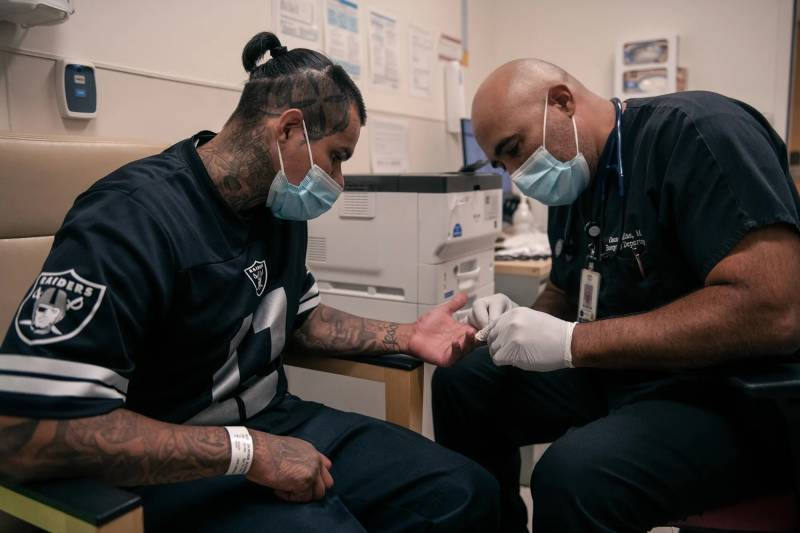The size of those deductibles has grown exponentially. Between 2002 and 2022, deductibles for a single-person plan grew 380% or an average of 8.7% every year, researchers found. Deductibles for family plans grew 332% or 7.8% annually.
Consumers will probably not feel a difference immediately because the state’s plan is to slow the growth of health spending and not necessarily reduce it.
But over time, it could make a difference. Glenn Melnick, a health economist at the University of Southern California, gives this example: “If I have to pay 25% of my (health insurance) premium, let’s say I get it from work, if my premium goes up more slowly, my contribution will be less.”
“What if this target had been in place for the last 10 years?” he said.
California providers criticize cap
Representatives for hospitals and doctors caution that basing the spending cap solely on household income rather than taking into account what it costs them to provide care could result in less access and poorer quality of care for patients.
They argue the proposed cap doesn’t take into account things providers have no control over, such as general inflation, rising pharmaceutical costs and natural increases in spending driven by the state’s aging population.
“[The office’s] proposed target entirely ignores the drivers of health care spending. In doing so, it would force health care providers to significantly cut back on the care they provide or face penalties,” wrote Ben Johnson, vice president of policy at the California Hospital Association, in a letter to the board.

